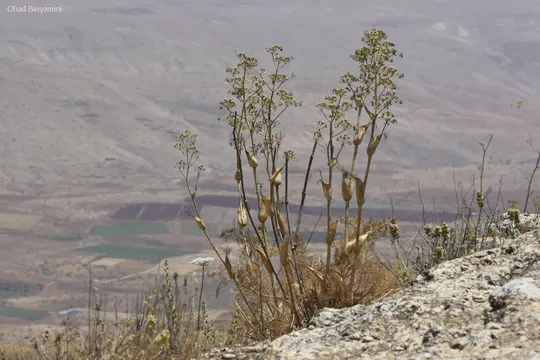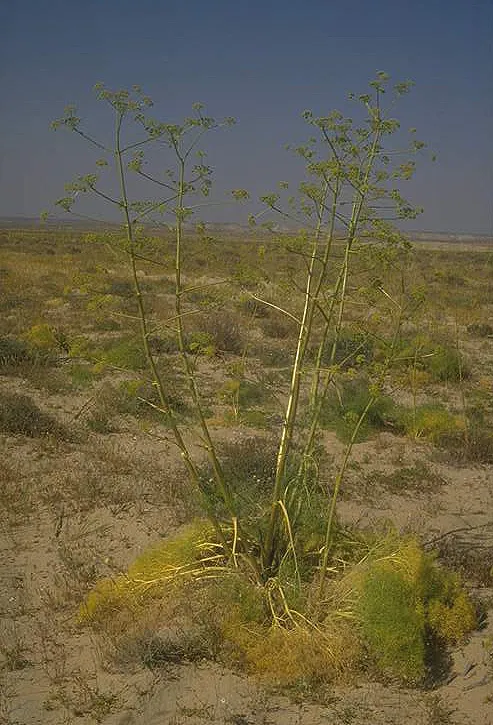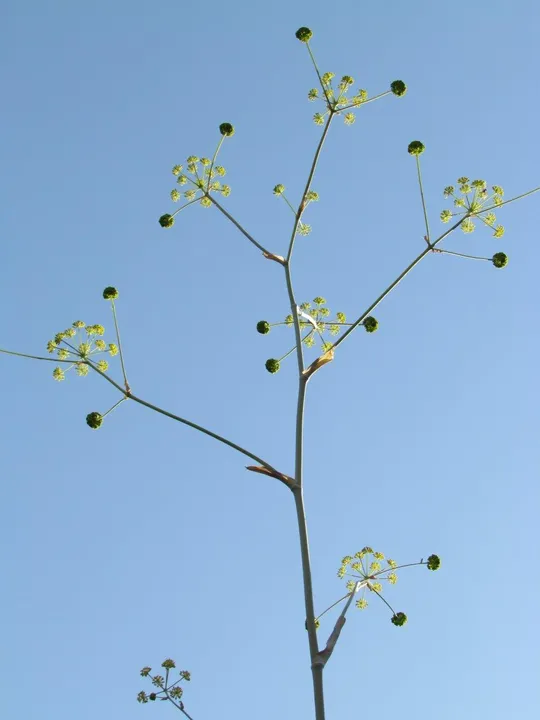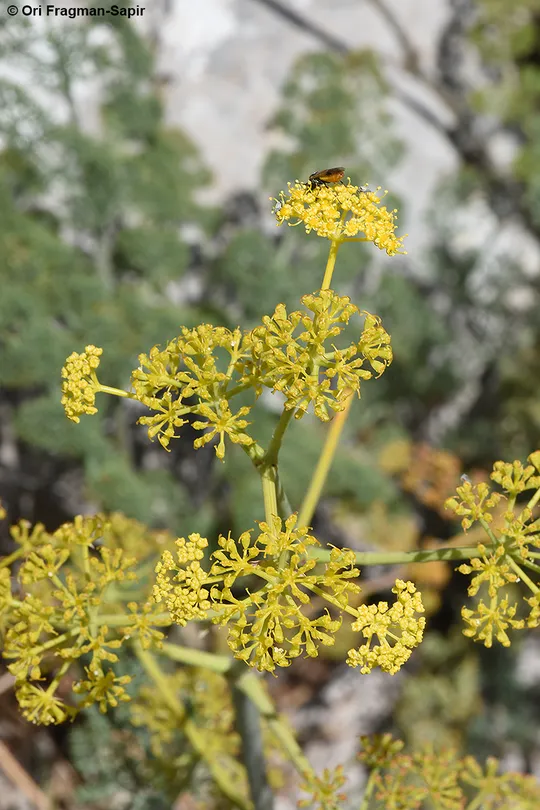Danin's Giant Fennel
Ferula daninii
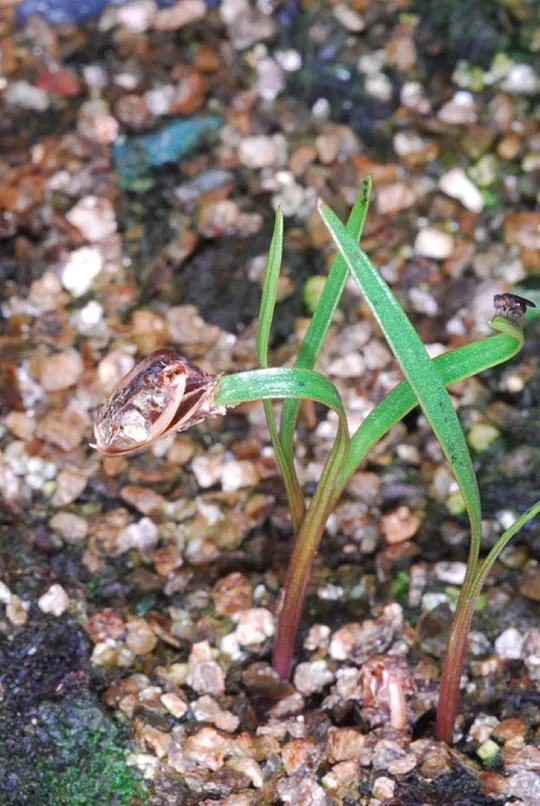
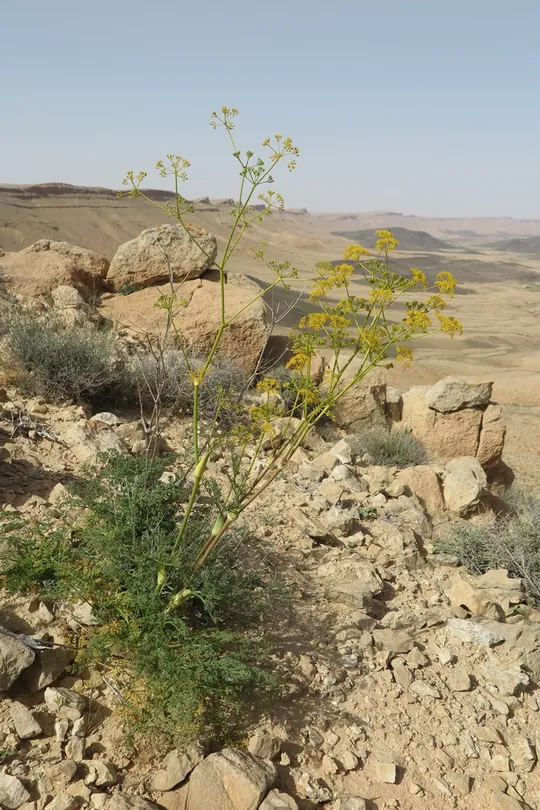
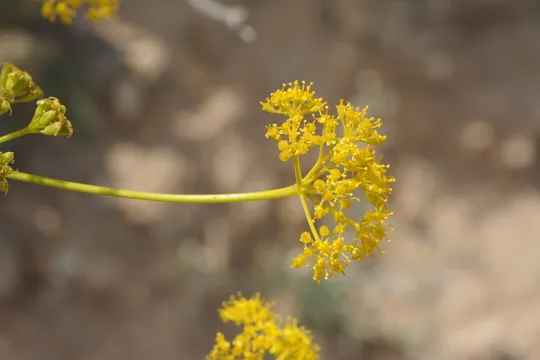
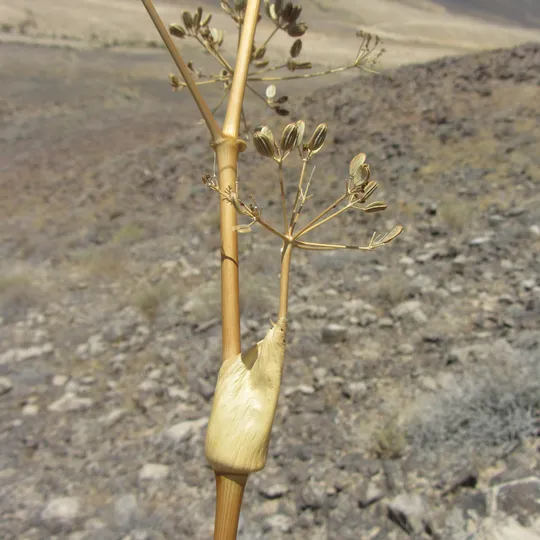
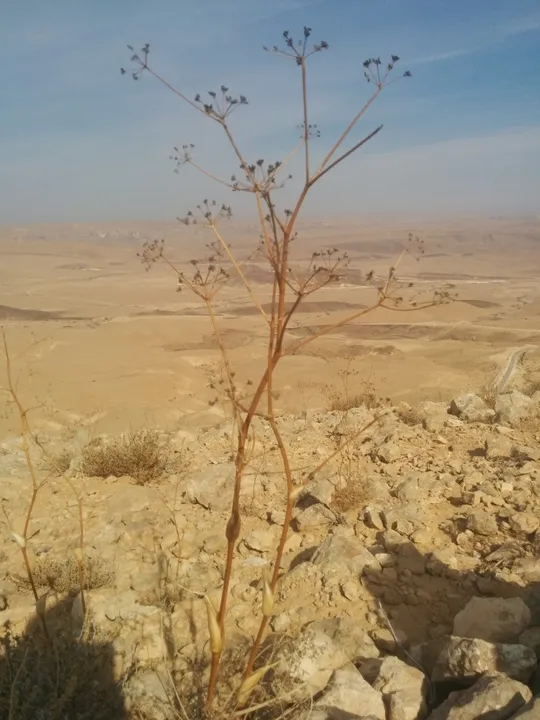
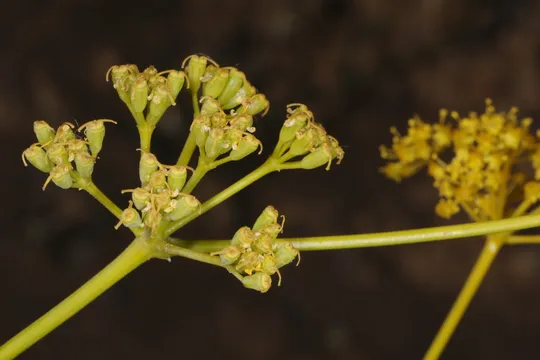
Ferula daninii grows in three
regions, all in the Negev: the northern Negev, the Negev Highlands and the
southern Negev. Most sites are located in the Negev Highlands, where it grows
on at least seven sites: Mount Romem, Wadi Horsha, Lots Cisterns, Mount Ramon,
Mount Sagi, Arod Pass, Karne Ramon and Wadi Eli'av. In the two other regions, it
is extremely rare, and grows on only one site in each region: in the southern
Negev on Mount Arif; and in the northern Negev three populations are known near
to En Mor and Wadi Havarim.
Marl soil in the
desert, occasionally rocky limestone slopes on a marl foundation.
There are 172 species of Ferula in
the world, and they are distributed from the Mediterranean Basin to central
Asia. The genus diversity center is central Asia, where 97 species grow, and in
the Middle East where 55 species grow. This is a typical Irano-Turanian genus.
However, unlike Centaurea, Verbascum and other steppe genera – its
species diversity in Anatolia is low, and in all of Turkey there are only 17
species. In Europe there are only 8 species; in Israel, 7 species, 4 of which
grow in the Mediterranean region and in the transition zone, and 3 that grow in
the desert: F. daninii
and F.
negevensis in the Negev Highlands and F.
sinaica in sandy wadis in the Nitzana area. Until recently, F.
negevensis was considered endemic to the Negev Highlands, but in fact, it is
not an independent species (it belongs to F. ovina) and it also grows in
Edom in Jordan. Therefore, it was not in the list of red plants. Many Ferula species
are cliff plants, such as F. tingitana
and F.
orientalis, which grow in the Mediterranean region. Their deep tuberous root
is an adaptation that allows the Ferula species to grow
on unstable soil such as alpine scree slopes and steep desert slopes.
F. daninii belongs to the group
Ferula species with cup-like leaf sheaths that envelop the stem. It belongs
to a vicarious series, which includes F. hermonis on the giant scree
slopes of the Anti-Lebanon and Hermon mountains, F. orientalis on cliffs
in Samaria and in the Judean Desert, and F. daninii that is the southernmost
species and penetrates into the desert and grows there on marl and soft limestone
soil. The F. orientalis was that grows in Samaria was once considered
endemic to the region, but further research revealed that it is similar to the F.orientalis
that grows in the mountains of eastern Turkey, Iran and Iraq. The three species
may be considered a vicarious series that was once, at the end of the
Pleistocene Period, a single taxon, which migrated southwards to the Negev Highlands
in a colder and rainier period. As the climate became dryer in the Holocene
Period (Schmida, 1972, 1979, 2000) the parent taxon populations of Ferula
were cut off, remained isolated and underwent speciation according to the
habitat of each population.
·
Ferula daninii
is found on at least 11 sites, whose center is
based in the Negev Highlands and Mount Sagi, where they face no serious threat.
·
There
is no information on its population sizes, but large populations (hundreds of plants)
were counted on the northern slopes of Mount Sagi.
·
The
dry plant is attractive, and its flowers are used to decorate store displays.
·
Most
of the F. daninii populations
are in the Negev Highlands Nature Reserve, but the Wadi Havarim and En Mor
populations that grow in the Matzuk HaTsinim Cliff Nature Reserve is subject to
intense visitor pressure.
·Two Ferula daninii populations (and Mount Sagi
and HaTsinim Cliff Nature Reserve)
should be demarcated and monitored to study their ecology and demography. The Wadi
Havarim populations require protection from accidental damage by travelers. Military
bases or densely populated settlements should not be established in the Negev
Highlands.
The plant is endemic to the Negev in Israel.
Ferula daninii is a tall, rare
herbaceous perennial plant, endemic to Israel, which grows only in the Negev.
It is threatened mainly by visitor pressure in the Sde Boker area and the picking
of dry flower stalks for ornamental purposes. Although that there is no immediate
threat in the Negev Highlands, it is important to ensure that future development
for future military or civilian purposes will not harm the populations.
Current Occupancy Map
| 1000 squre meter pixel | 5000 squre meter pixel | 10000 squre meter pixel | |
|---|---|---|---|
| number of observations | 0 | 0 | 0 |
| in total pixels | 0 | 0 | 0 |
| Family | Apiaceae |
| Classification | On the endangered species list |
| Ecosystem | Desert |
| Chorotype | Endemic ( Western – Irano – Turanian) |
| Conservation Site | Wadi Havarim near Sde Boker, Mount Sagi |
| Rarity |
1
2
6
|
|---|---|
| Vulnerability |
0
0
4
|
| Attractiveness |
0
1
4
|
| Endemism |
0
4
4
|
| Red number |
1
3.7
10
|
| Peripherality | 0 |
| IUCN category | DD EW EX LC CR EN VU NT |
| Threat Definition according to the red book | Vulnerable |
 Based on:
Based on:
